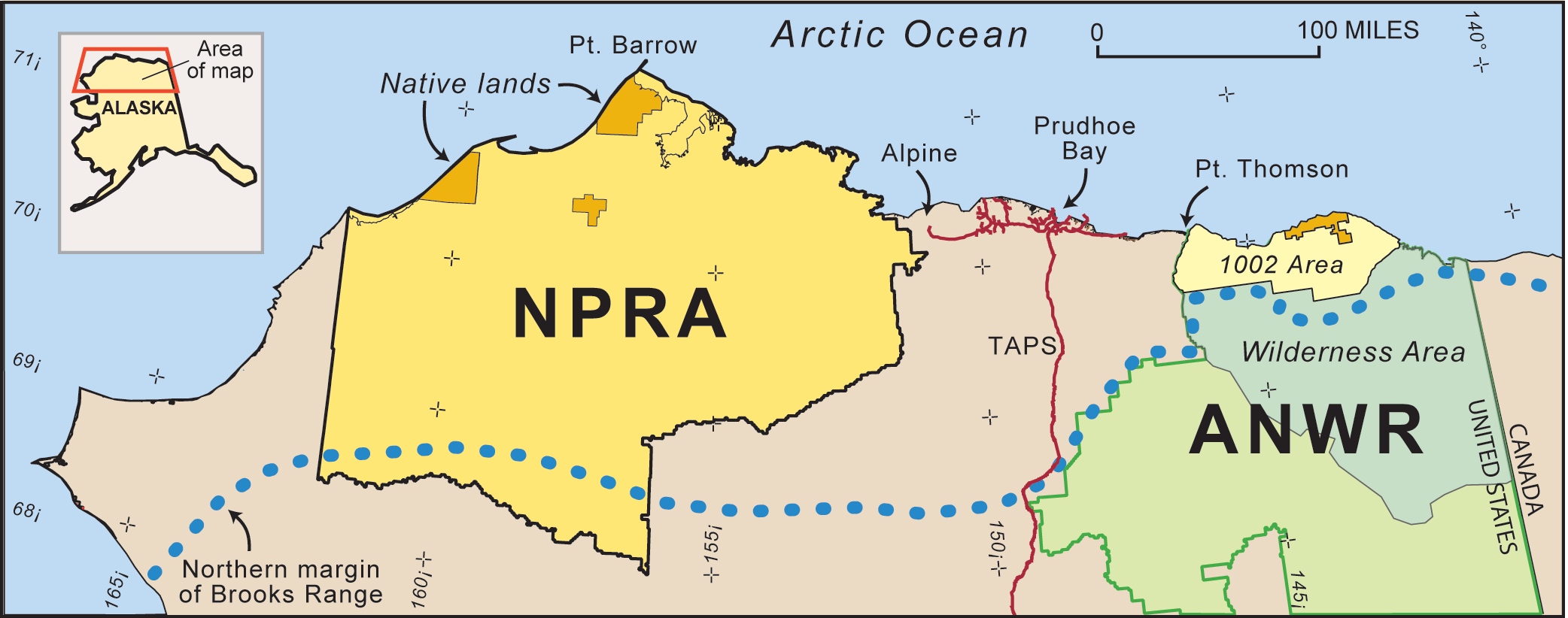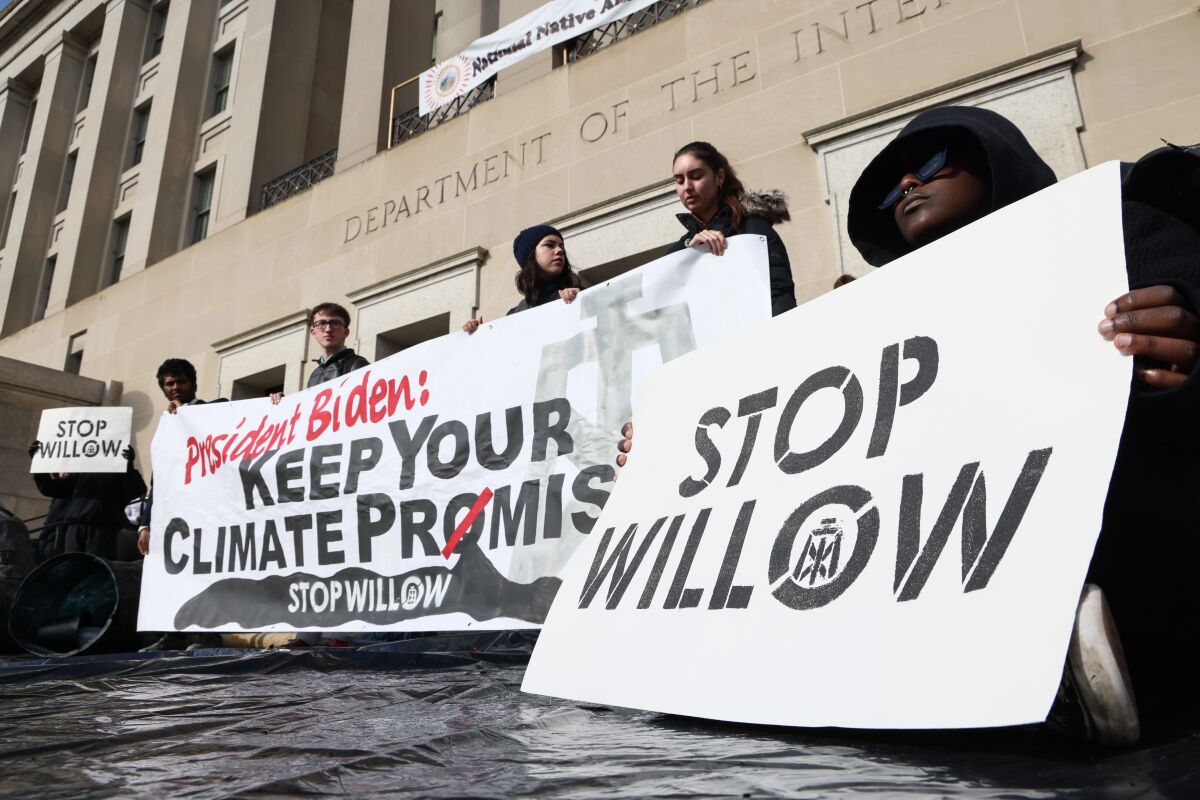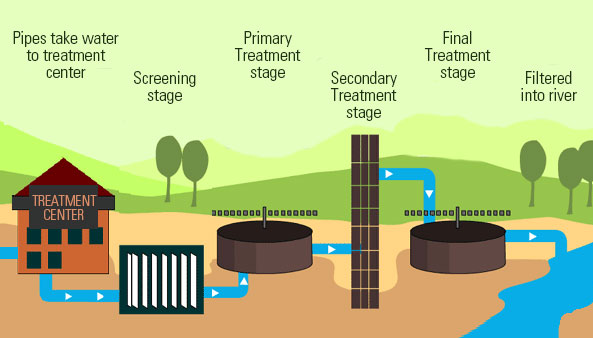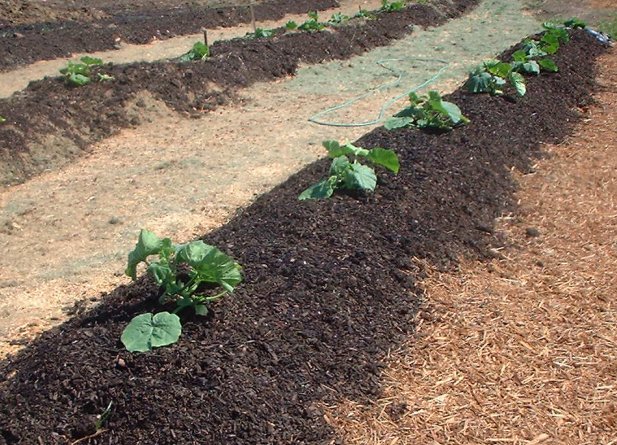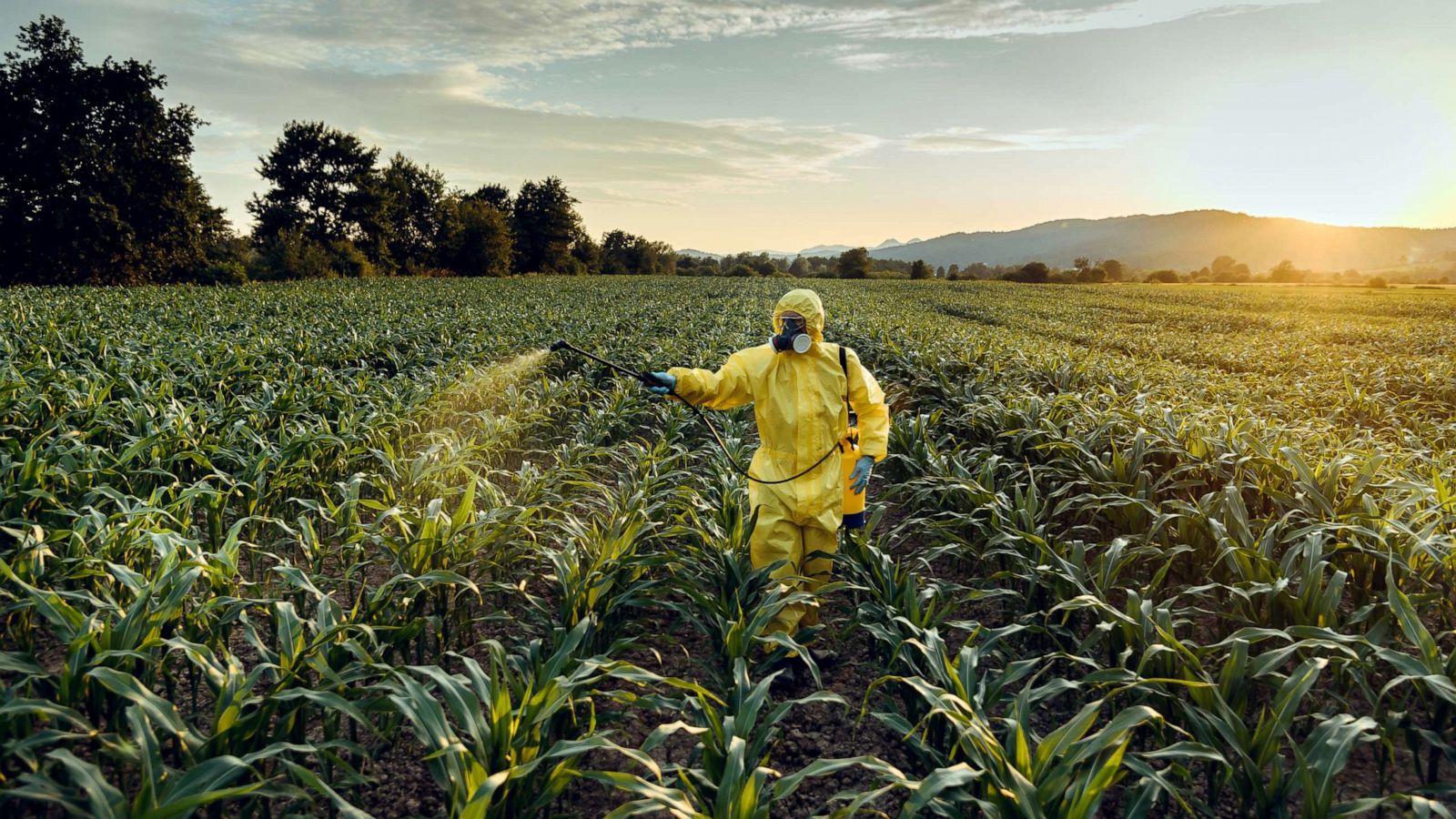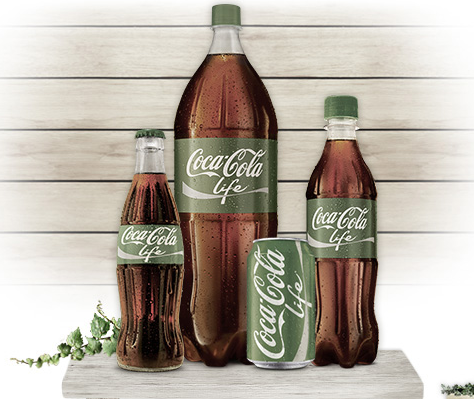What are ecolodges?

Ecolodges are housing accommodations for tourists that incorporate nature and help to protect native ecosystems. They specifically focus on educating tourists on the local wildlife and encouraging practices that help to protect the habitats. Additionally, ecolodges are meant to help boost the local economy with visitors but also ensure that the environment and communities in those areas are not overrun or disrupted by the touristry. To fulfill the mission, ecolodges use renewable energy sources and also have non-toxic or organic products. The other benefit of ecolodges is that the revenue that they bring in help local communities to be able to afford to preserve natural land rather than being forced to sell natural resources to support their economy.
Where are ecolodges?
Ecolodges are especially prevalent in Africa because that is where they originated. They originated in the 1990s with the rise of ecotourism, and they offered a more sustainable accommodation than alternatives like green hotels. Nowadays, ecolodges can be found all over the world, and they are especially beneficial in areas with vulnerable ecosystems like rainforests. They can be pricey, but the cost is worth it in order to benefit the local community and also protect the natural habitat that you are visiting.
What is ecotourism?

Ecotourism is visiting natural places in sustainable ways that benefit the local ecosystems and communities. Done incorrectly, attempted at ecotourism could be detrimental to natural ecosystems and potentially displace local communities. An example of this is in Hawaii; a lot of people visit for the beauty and nature, but it has displaced native Hawaiians and also negatively affected local ecosystems. But, in some areas, ecotourism has been very beneficial; some of these places include Costa Rica, Kenya, and Ecuador. Ecolodges are an important aspect of ecotourism because it provides sustainable accommodations that are in line with the major goals of ecotourism.
Why choose an ecolodge?
You should choose to stay in a ecolodge in order to protect the nature you are visiting. It is important to be aware of the impact you are making by visiting a location. Ecotourism does not just mean being sustainable environmentally, it also means protecting local communities and cultures. Preserving these cultures benefits the locals but also benefits generations to come as they will be able to experience those cultures as well. So, next time you decide to go on a trip to visit a natural area, consider an ecolodge instead of traditional housing options!


